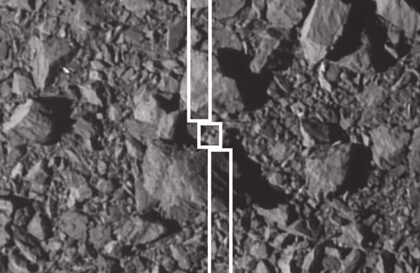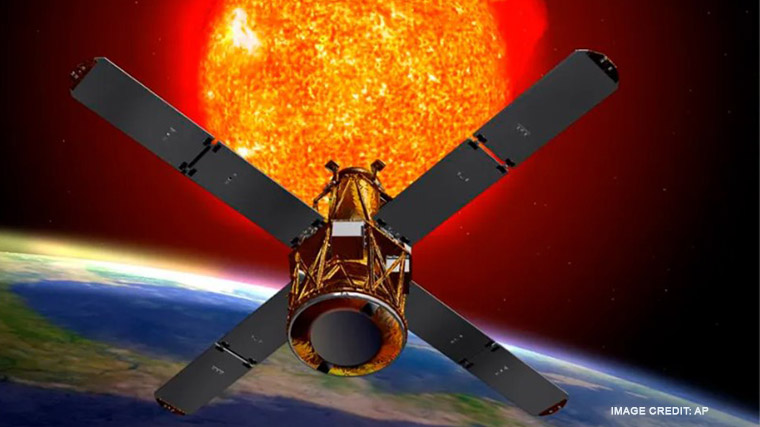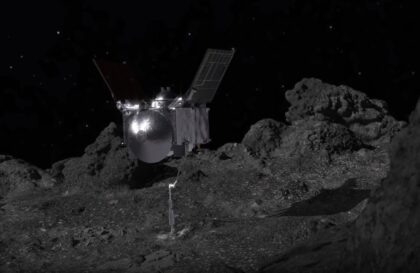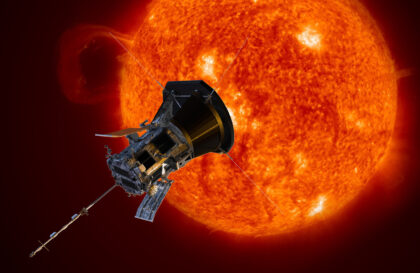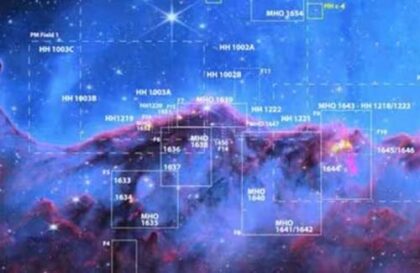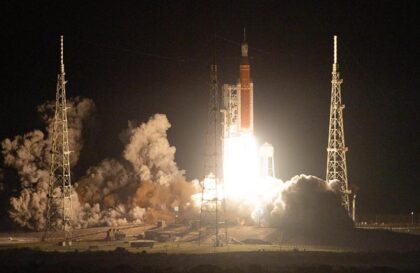Scientists analyzed primary data from samples of the asteroid Bennu brought to Earth by NASA’s OSIRIS-REx spacecraft. The asteroid is 4.5 billion years old. He is the same age as Earth. Research has shown that the high carbon and water content in the samples could lead to the asteroids’ potential to carry elements essential for the development of life on Earth. These samples are indeed an open time capsule.
The OSIRIS-REx mission, launched in 2016, reached the asteroid Bennu in December 2018 and collected a sample from it in 2020. On September 24, 2023, the capsule containing the rare sample successfully returned to Earth, landing in Utah, and is now located at NASA Houston.
Scientists at NASA’s Johnson Space Center are collecting additional particles from asteroid Bennu and analyzing samples obtained through the OSIRIS-REx TAGSAM (Touch-and-Go Sample Collection Mechanism). 14 witness plates outside the device head were removed and examined. These round plates were used at various points on the mission and contained information about possible sample contamination during sampling.
The team removed 14 wafers and collected dust before detaching the TAGSAM head, inspecting the 24 pads and a sample of the asteroid underneath. These sites, which came into contact with asteroid Bennu in October 2020, captured unique formations of materials from its surface (fine-grained rocks and dust) that will help scientists study conditions on the asteroid.
When assembling the samples, TAGSAM used nitrogen gas to push particles from the asteroid Bennu into the reservoir. This provides scientific material from both the surface and 19 inches (50 cm) below the asteroid. This will help scientists expand their understanding of its geological history, facilitating new discoveries about asteroids and their effects.
A view of the outside of the OSIRIS-REx sample collector. Sample material from asteroid Bennu can be seen on the middle right. Scientists have found evidence of both carbon and water in initial analysis of this material. The bulk of the sample is located inside. Сredit: NASA/Erika Blumenfeld & Joseph Aebersold.
Work with samples is just beginning. The mission team has yet to determine the exact weight of material delivered by OSIRIS-REx. That’s roughly 8.8 ounces (250 grams), a significant increase from the target of 2.1 ounces (60 grams). However, exact data will be presented later.
The cost of the OSIRIS-REx mission is $1.2 billion.
The probe continues to fly toward another asteroid called Apophis. OSIRIS-REx is scheduled to arrive at this space rock in 2029 and study it closely as part of an extended mission called OSIRIS-APEX.
Banner image: OSIRIS-REx curation team members at NASA’s Johnson Space Center begin the process of removing and flipping the TAGSAM (Touch-and-Go Sample Mechanism) from the avionics deck of the science canister. Credit: NASA/James Blair
Image credit:
https://blogs.nasa.gov
https://www.space.com

